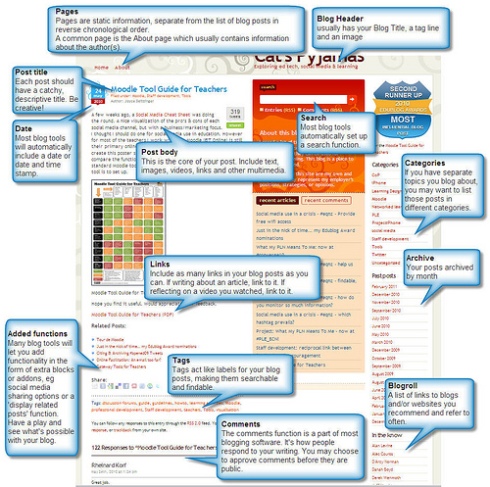My aim for social networking will be to increase the flow of information available on various social networks. Thereby, members of one social network will benefit from other social networks without having to join them all. A portal will be created whereby people who are talking about one topic on one of the major networks can see what others are saying.
This increase in information available to networkers can grow exponentially!
The above bell curve, drawn specifically for this blog, is a basic illustration of how much information is used. One can monitor the information and flow of this information. Data in the category, “most used/shared information,” is retained, while data in “less used” is revised and data that is “least” used is discarded. In this way, one can target new information that will be shared across networks and benefit the organisation.
This portal will be helpful to up and coming innovators who need to explore their ideas. Features that allow members to share some of their information across social networks have been innovated, for example, a feature that gives the ability to post the same material on several social websites. Notable organizations such as LIVESTRONG, BA and The Worldlife Fund have been using this feature (Dummelt 2009). Search words which will help pick information from the relevant social networks. For example, on Facebook, there could be talk about “Emerging markets in Asia”. These words will be used to create a search on another social network such as Twitter. At the same time, how these words are shared, used and expounded upon by networkers will be closely monitored according to the bell curve above.
Information will be placed on the portal. This information will be made available to the employees and to others working with the organization. Employees will not have to log into the various social networks to get all the information. Those working with the organization, for example customers, will easily access the information they need from this portal. They can, for example, seamlessly hear what people are saying about an innovative product on various social networks without having to go to these websites.
The portal can also categorize the information and make it easy to digest by offering it in an analyzed way. According to Gummelt (2009), Facebook has been active in helping its members get information from other websites such as YouTube and link it to their accounts. However, one has to be a member of Facebook to access this information. In addition, features such as Hootsuite help manage social network accounts. Nevertheless, they still leave a person dealing with multiple networks.
Reference
Gummelt, R. P., 2009. Publishing to Twitter from facebook pages. (Online) Available at
http://blog.facebook.com/blog.php?post=123006872130 (Accessed 12 October 2012).




